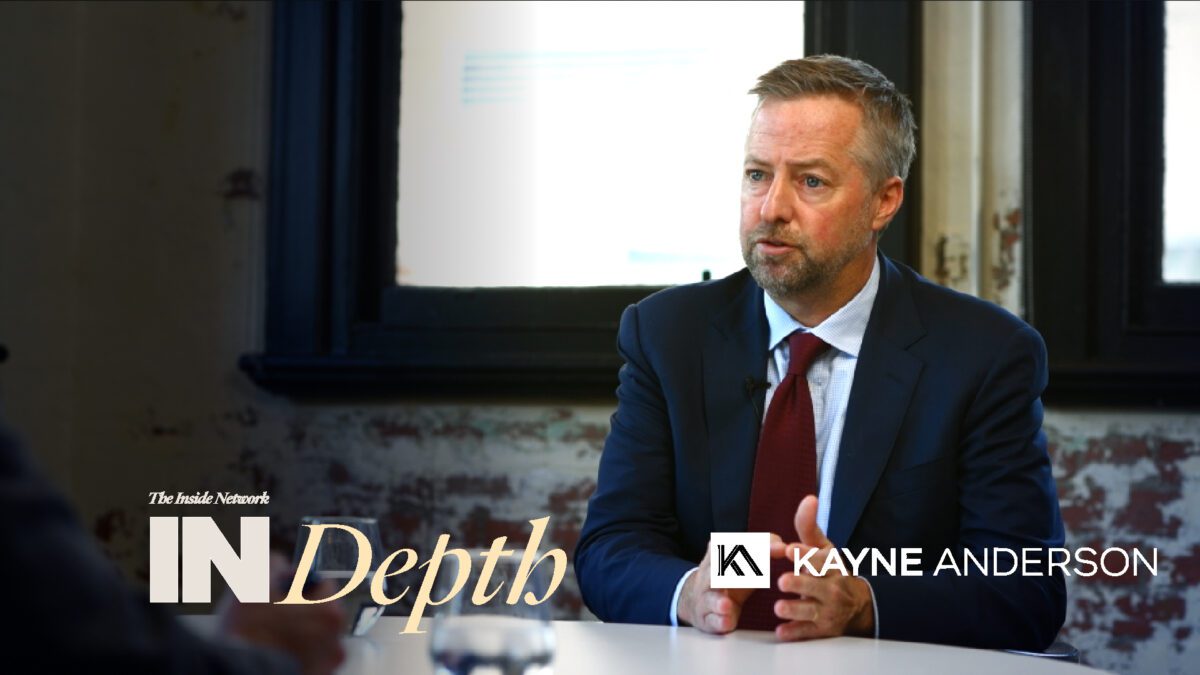The price of staying at home
Regardless of where they live, investors have a significant opportunity to diversify their equity portfolio outside of their home market.
Despite the opportunity, investors typically maintain a significant home bias – higher allocations to their home country than the market capitalisation weight these represent in a global equity index.
Australian investors have tended to build portfolios that are highly concentrated in the domestic equity market. The Australian market has on average represented roughly only three per cent of the MSCI World Market Cap Weighted Index.
This piece examines how a portfolio predominantly allocated to Australian equities (proxied by the MSCI Australia Index) stands to benefit from a greater breadth of global opportunities (proxied by the MSCI World Index).
Global equities provide exposure to a diverse range
of countries, sectors and industries which can serve as a hedge against
specific country, sector or industry risk. Australian equities are highly
concentrated at both the sector and individual security level.
The financials and materials sectors alone constitute nearly 60 per cent of the
Australian equity market compared with 20 per cent globally. Diversifying
exposure globally provides investors the opportunity to participate in regional
markets which are performing differently, thereby further diversifying sources
of risk and return.
In the Australian market, financials
and materials are heavily represented in the top holdings within the MSCI
Australia Index, with the largest top 10 stocks, comprising over 50 per cent of
the index.
Furthermore, the top five stocks comprise more than a third of the index while
the bottom third of the index is comprised of 55 stocks
Anchoring stock selection and
portfolio construction purely to the Australian equity index increases overall
risk exposure. By leaving investors reliant on only a handful of return
drivers, Australian indices expose investors to higher volatility and more
frequent drawdowns than better diversified global indices.
Due to the concentrated nature of the Australian equity market, over the
trailing 10-year period, Australian equities have realised over 30 per cent
more volatility and, on average, over 60 per cent greater drawdowns
An allocation to global equities would have
significantly improved both risk and return over the trailing 10-year period.
A portfolio comprised of 75 per cent global equities and 25 per cent Australian
equities would have realised 30 per cent less risk over this period compared with
a portfolio comprised of 100 per cent Australian equities.
In addition to the increase in volatility in
drawdowns experienced by the home bias investor, there has been substantial
opportunity cost associated with lack of global index exposure.
Even in those calendar years where the MSCI Australia Index has outpaced the
MSCI World Index based on total return, the vast majority of top performing
stocks were based outside of Australia, underscoring the opportunity a global
manager has to potentially add additional alpha to a purely (or largely)
domestic Australia portfolio.
In all years since 2009, nearly 100 per cent of the top 50 performing stocks in
the MSCI World Index were domiciled outside of the Australian market.
The scope and diversity of the global equity market makes fertile ground for active managers. Data on Alpha by international managers bears this out. The median and top quartile Active managers earned significantly more Alpha for their clients as compared with those constrained to the US market.
The global income drought means investors no longer have the luxury of staying home. With Australia comprising only 2 per cent of global equity markets, investors would be foolish to constrain themselves to the domestic market alone.
Mike LaBella is head of global equity strategy at QS Investors









